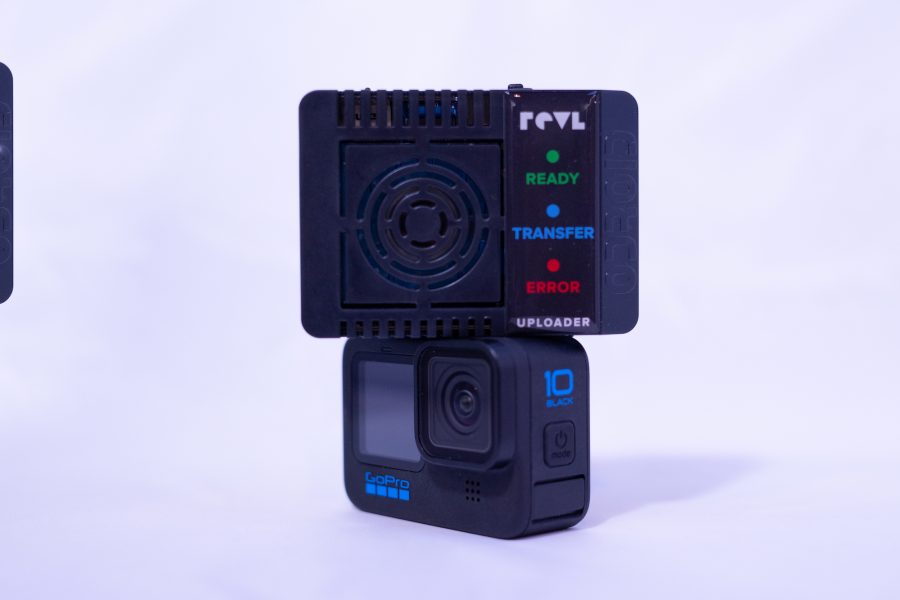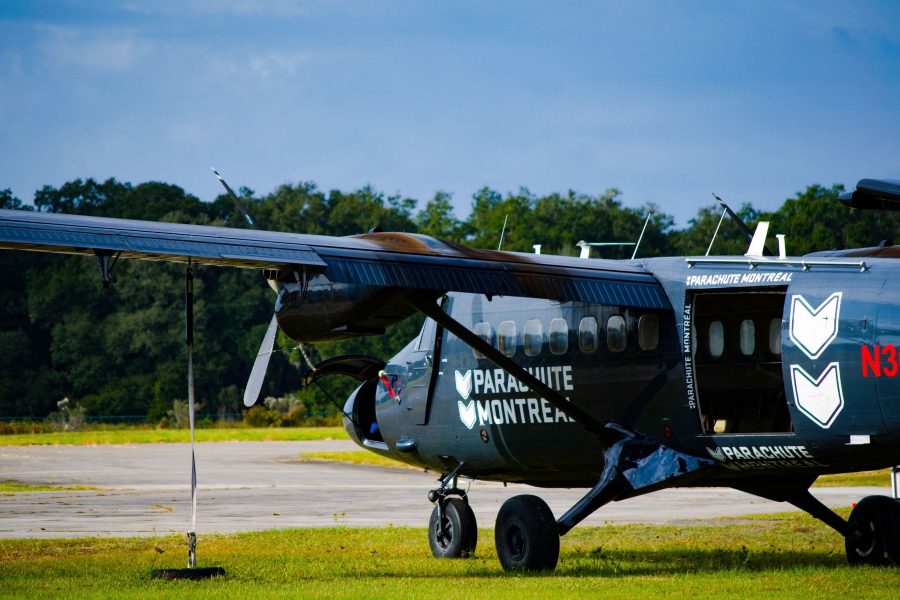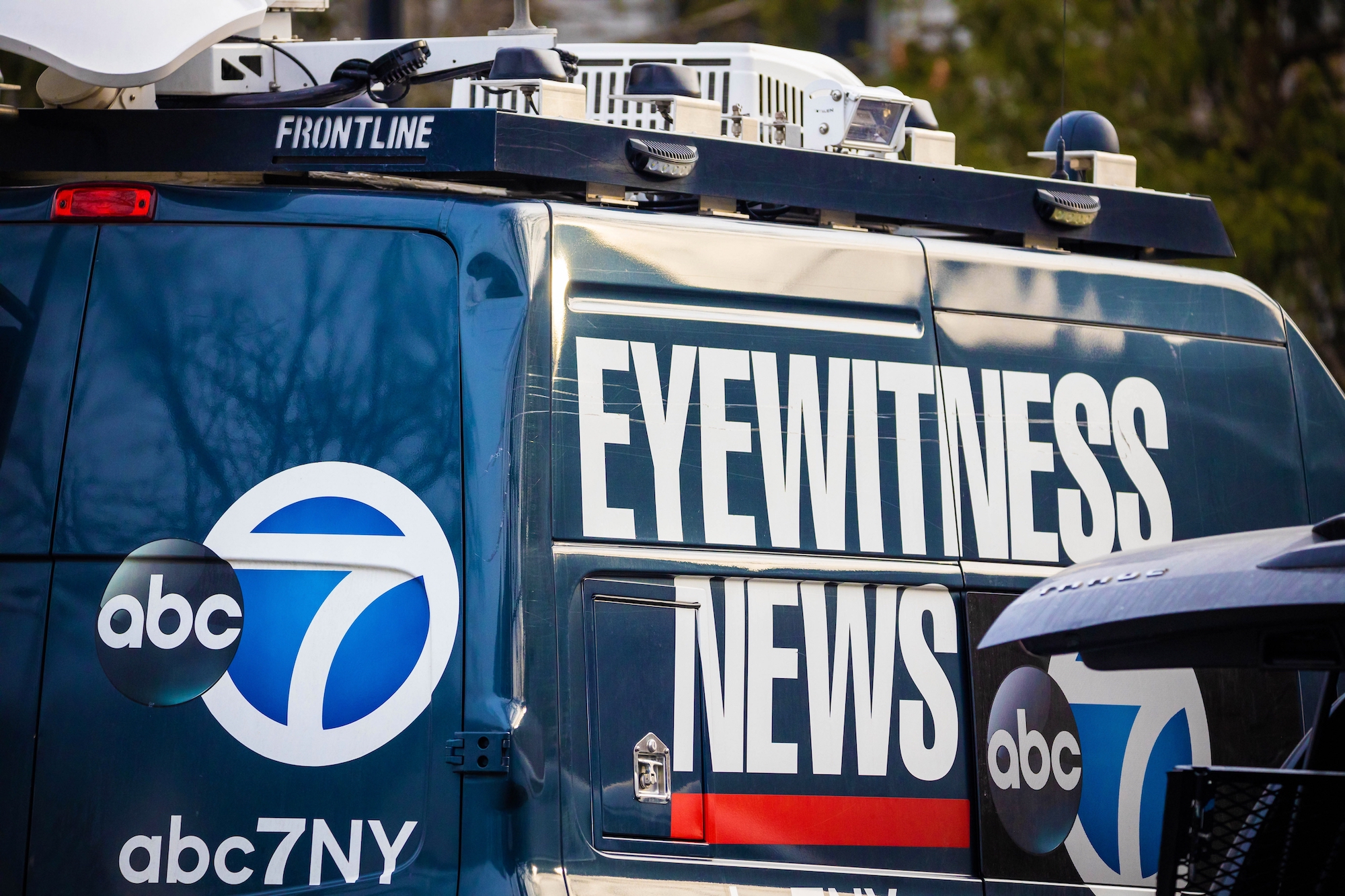
The key to any effective public relations strategy is to stay one step ahead of the media. How the media operates when covering a skydiving fatality is predictable. This predictability gives clarity of what to do and when.
Here are the steps the media will take when covering a skydiving story. The progression of steps is nearly the same for every incident:
| Steps | Media Action | When It Happens |
| 1 | Calls to the DZ | The media monitors police scanners. Radio chatter will initiate the media to call the DZ. |
| 2 | Media Arrives at the DZ | Media arrives at the DZ to capture interviews, comments and capture B-Roll which includes your company’s signage. |
| 3 | Media Contacts Hospital or Coroner | The media will make every effort to identify the identity of the injured or deceased. If the story involves the deceased, they will likely get the name from the coroner. |
| 4 | Calls to the DZ | Once the name of the individual is released, the media will contact the DZ to get confirmation of the name and ask for further comment. |
| 5 | Regional Media | If the story begins to generate high engagement, it will likely be picked up by regional news followed by national news if there is a unique detail to the story. From there, it will escalate globally depending on the details of the incident. |
| 6 | Calls to the Family | If the story continues to get high engagement on social media or to the news media’s website, the media will pursue the story further by contacting the family to learn more about the individual. |
| 7 | Story Diminishes | After the story has run its course in the national or global media, it is quickly replaced by the ebb and flow of the news cycle as attention spans are low. |
DZ PLAYBOOK – STEP BY STEP
The greatest challenge for any DZO or DZM is managing both the incident as it’s happening in real-time and the media simultaneously. The only way to manage the media effectively is to have a game plan before an incident ever occurs.
Click Here to Read: How To Prepare Your DZ for Media Scrutiny
Preparing for the media needs to begin within 15 minutes of an incident occurring. This isn’t possible if the principal in charge is in the landing area working with first responders or authorities. If you’re unprepared to respond quickly when the first call comes, you are no longer ahead of the story.
Create One Channel of Communication
Before you can begin to prepare a media response, there is one overarching rule that must be followed, and that’s creating one channel of communication: a press release. The press release is the official, unemotional statement that remains consistent.
Click Here to Read: How To Create a Press Release
On-camera interviews or any comment of any kind made over the phone or to a reporter should be avoided.
The more soundbites, facts (no matter how mundane) and sources that are introduced to a story only gives it momentum. Our goal with good PR is to minimize time a story is spent in the media.
| Step | Media Action | DZ Response |
| 1 | Calls the DZ | Manifest is to never make any comment or say “no comment.” Simply capture the reporter’s name and e-mail address and let the reporter know a press release is being generated (if it hasn’t been generated already) and will be sent to them. |
| 2 | Media Arrives at the DZ | It’s likely that the media will come to the DZ, to capture interviews with management, fun jumpers or the local authorities. To prepare for this, gather the fun jump community in a private area and inform them that the media is likely to show up. Kindly ask them to not communicate with the media in order to adopt one channel of communication – the press release. |
| 3 | Media calls DZ to confirm name of injured or deceased. | The DZ should never reveal the name of the injured or deceased. This will come out in the media. When the media calls to confirm, repeat step 1 by stating a press release will be submitted. At this point, the original press release is replicated with the added detail of the individual involved. This is important because the media will do their best to engage in conversation and try to capture any detail they can. |
| 4 | Media Calls the Family | Depending on the relationship you have with the injured or deceased family, you may wish to alert them that the media will be calling and despite the best of intentions to share details of their loved one, it doesn’t help because the media seldom gets the details of skydiving injury right as seen countless reports of sensationalistic headlines. |
SEE THE BIG PICTURE
1. The Media Will Write With or Without You
The media will write about the incident with or without your input to the story. Your response to the media is important, but must be measured and carefully written in a press release sticking to the facts. Without input, the media may run a story with gross misinformation as we see in the news all of the time.
2. No Comment is a Comment
“No comment” is a comment. The media will mention that the DZ had “no comment when contacted”, which in the court of public opinion means that the DZ has something to hide and is thus not making a comment.
3. Branding Matters
Whenever the media comes to the DZ they will capture B-roll video of your DZ’s signage. If the signage is poorly branded or looks run down (faded, cracked or dirty), this gives the public the impression that the operation is run down which looks poorly in the court of public opinion and furthers the perception that the operation is somehow negligent regardless of the facts. If the media does not capture B-roll of the signage, they will showcase screenshots of the DZs website.
In this example, signage is used in the story’s B-roll:
4. The Media Does Not Care. This is THEIR LIVELIHOOD
There are some very nice reporters out there but remember their job is to cover a story. Do not let a reporter lull you into giving information about the victim or details about skydiving. The use of any skydiving terminology is often misconstrued. Stick to the press release as the only source of communication.
5. Day, Time and the News Cycle Influences Attention
The media is lightly staffed on the weekend, especially on Sunday. If an incident occurs on the weekend, the initial response may be light. Do not take the time for granted, be prepared with a press release should inquiries be made on Monday.
6. Turn On Google Alerts For Your Brand
When the story receives high engagement, it will transform from local to national and possibly international news very quickly. Be sure to have Google Alerts switched on for your business to be able to track the story as it spreads. This will allow you to stay on top of the story should facts start to change.
CRISIS GUIDELINES
1. NEVER LIE
Never lie to the media. Ever.
2. DON’T RUSH
While it’s important to begin developing a press release as quickly as possible, do not rush a response out of haste. Most staff and management will be in a “blur.” Be sure that the press release is created thoughtfully and with clarity.
3. KEEP ALL DETAILS HIGH LEVEL
Prepare a press release with basic information. Keep all details high-level. Avoid the use of any skydiving terminology, no matter how basic it may seem. Terms like canopy or “swoop” etc., should be avoided.
4. INFORM THE FAA (EVEN IF YOU DON’T HAVE TO)
Inform the FAA of the incident even if it had nothing to do with the aircraft. If the FAA reads about it, they will contact you. Establish good communications with the FAA during any incident. Some disagree with this, but being proactive and having an open communication with the FAA is a good idea. Be sure to have contact info for your primary point of contact at your FSDO.
5. COMMUNICATE
Be in communication with the victim’s family immediately after the incident. Follow-up with the family a few days after the incident. Always keep details at a minimum, as families may elect to file a lawsuit later. There is a fine line to being empathetic and caring and not opening a DZ to liability regardless of waiver forms signed. Every incident is unique and different. Discretion is required.
6. SECURE THE GEAR
Hold on to the gear of the injured or the deceased and keep it under lock and key. The FAA may wish to view the gear with a rigger. The family may request the gear or often friends of the jumper may try to take it; no gear should be released until authorities are satisfied with their individual investigations. Be sure your rigger is on hand when the authorities wish to inspect it as they won’t know what they’re looking at.
7. SECURE VIDEO
Ensure any and all video footage is placed under lock and key to be viewed only by the authorities that need to see it.
8. DOCUMENT WITH A MASTER RIGGER
Have your Master Rigger inspect the gear and write a report the day after the incident. Photos of the gear should be taken during the inspection.
9. SUBMIT A REPORT
Have your S&TA submit a detailed report to the USPA.
10. KEEP STATS HANDY
The USPA provides excellent facts about the safety of the sport. Providing this information may be a good idea for a press release.
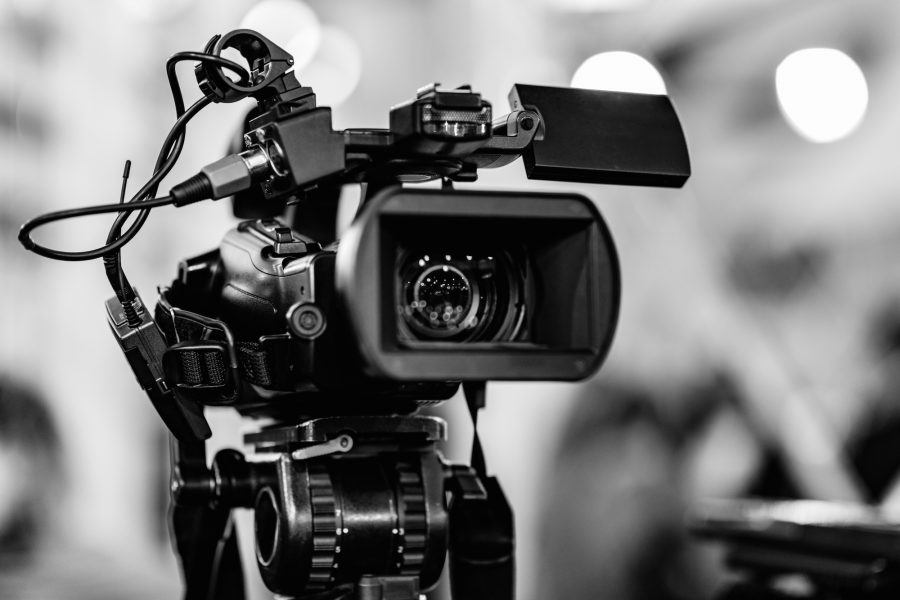
General
Skydiving PR: From Local to Global News
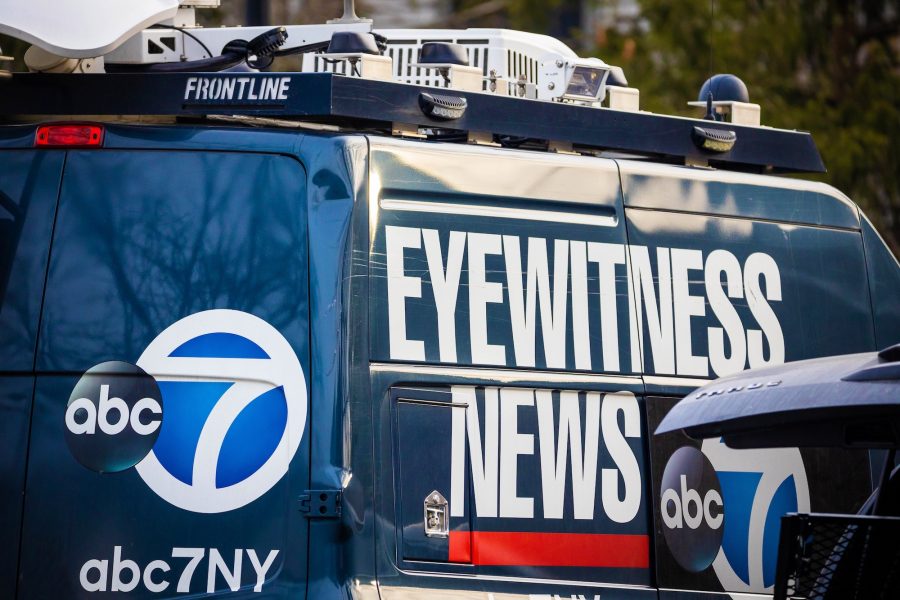
General
Managing the Media During a Crisis
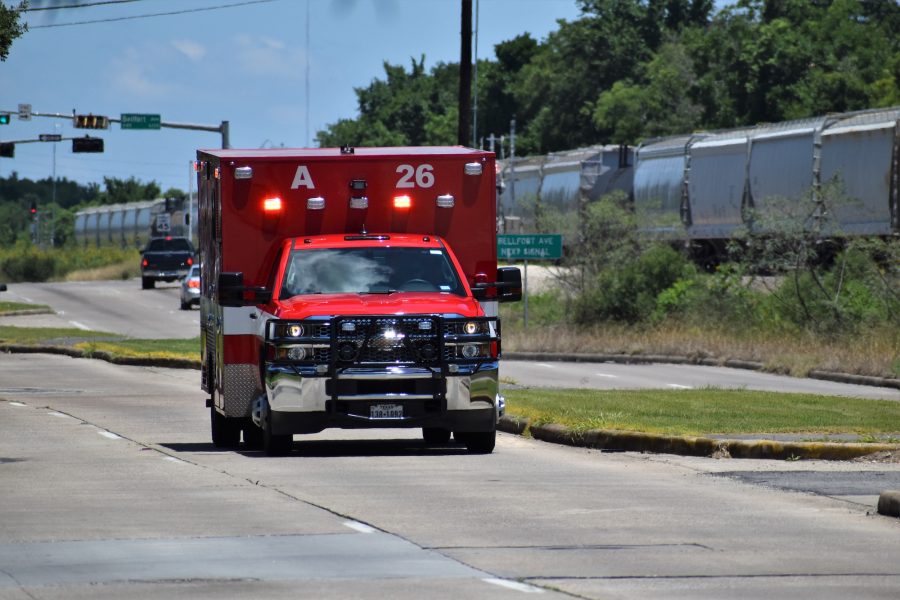
General
RESCUE GONE WRONG
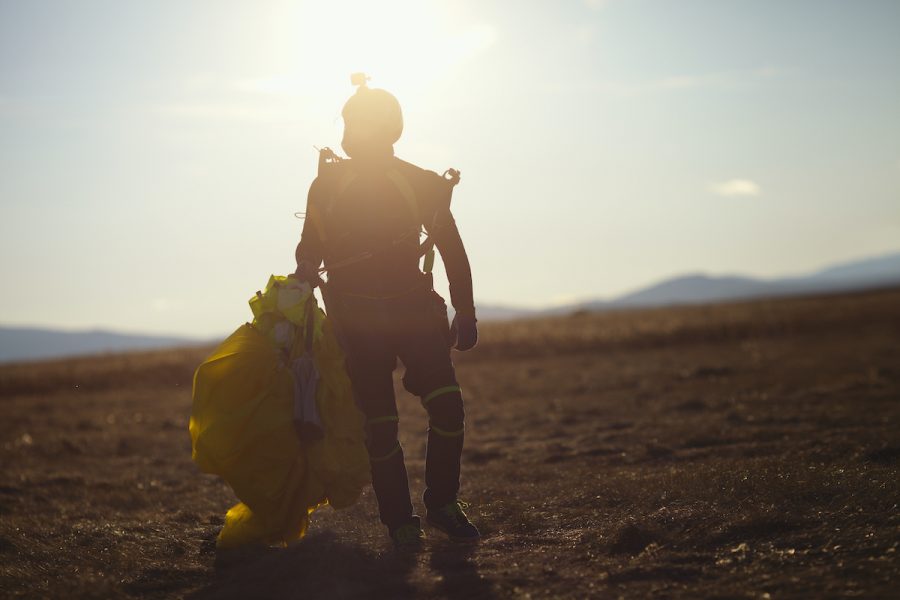
General
Solving the staffing crisis in skydiving


